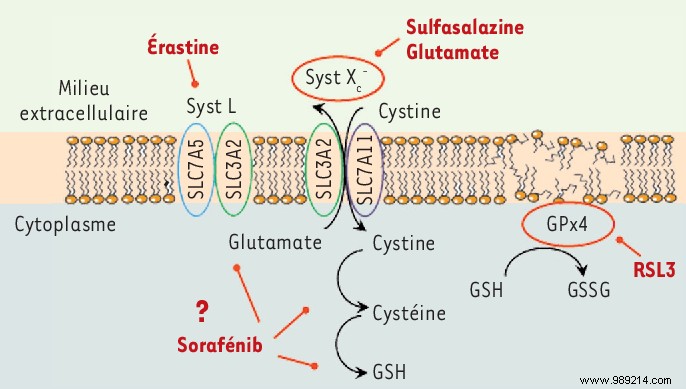We have known for a long time that cholesterol has harmful effects on the body when it reaches high levels. Indeed, the risk of cardiovascular disease is increased. However, a recent American study shows that metastases linked to breast cancer can also be correlated with high cholesterol levels.
In France, breast cancer is the leading cause of cancer death among women. According to the Foundation for Medical Research, this disease still caused 12,000 deaths for 60,000 new case in 2017. However, it should be noted that the situation has still improved over the past fifteen years. Indeed, 87% of patients remain alive 5 years after their diagnosis, positive results obtained thanks to better screening and the development of increasingly effective therapies.
Among the causes of breast cancer, we find overweight and obesity – up to 11% of cases. In addition,between 20 and 30% of patients also develop metastases, although this same phenomenon leads to the death of a large proportion of cancer cells. Usually, the physiological death of body cells is related to a particular phenomenon:apoptosis. It is about a self-destruction of the cells in response to a signal.
However, an another form of cell death was highlighted by a French study in 2014:ferroptosis (see diagram below). It is a cell death by necrosis involving the body's free iron and oxidative stress. Cell death occurs due to impaired redox metabolism of the cell and membrane permeability. However, the development of metastases in cancer involves a greater absorption of exogenous lipids by the cells, which precisely leads to the undesirable oxidative stress.

In a study published in the journal Nature Communications on August 24, 2021, researchers at Duke University (United States) looked at high cholesterol levels (hypercholesterolemia) as a risk factor. Scientists have grown cancer cell lines in the lab concerning breast cancer and melanoma. However, they exposed these lines to a circulating metabolite of cholesterol:27HC. The leaders of the study revealed a reaction:the cells showed significant activity of the GPX4 enzyme . However, the latter plays a role in the synthesis of glutathione, a usual protector of cells against oxidative stress.
In addition, the presence of 27HC increases the ability of cells to produce tumors. Thus, these same cells from the primary tumor could get rid of the extracellular matrix – an assembly of macromolecules binding cells to organize them into tissues – and disseminate without undergoing the mechanisms related to ferroptosis.
Finally, it should be noted that this work gives hope for new perspectives in therapy . These are also multiple because different axes are currently under study. For example, it may be a question of reducing the impact of hypercholesterolemia via an appropriate treatment or even of preventing the conversion of cholesterol into the 27HC metabolite. In addition, GPX4 is a very serious candidate in the development of treatments since inhibitors of this enzyme are under development.